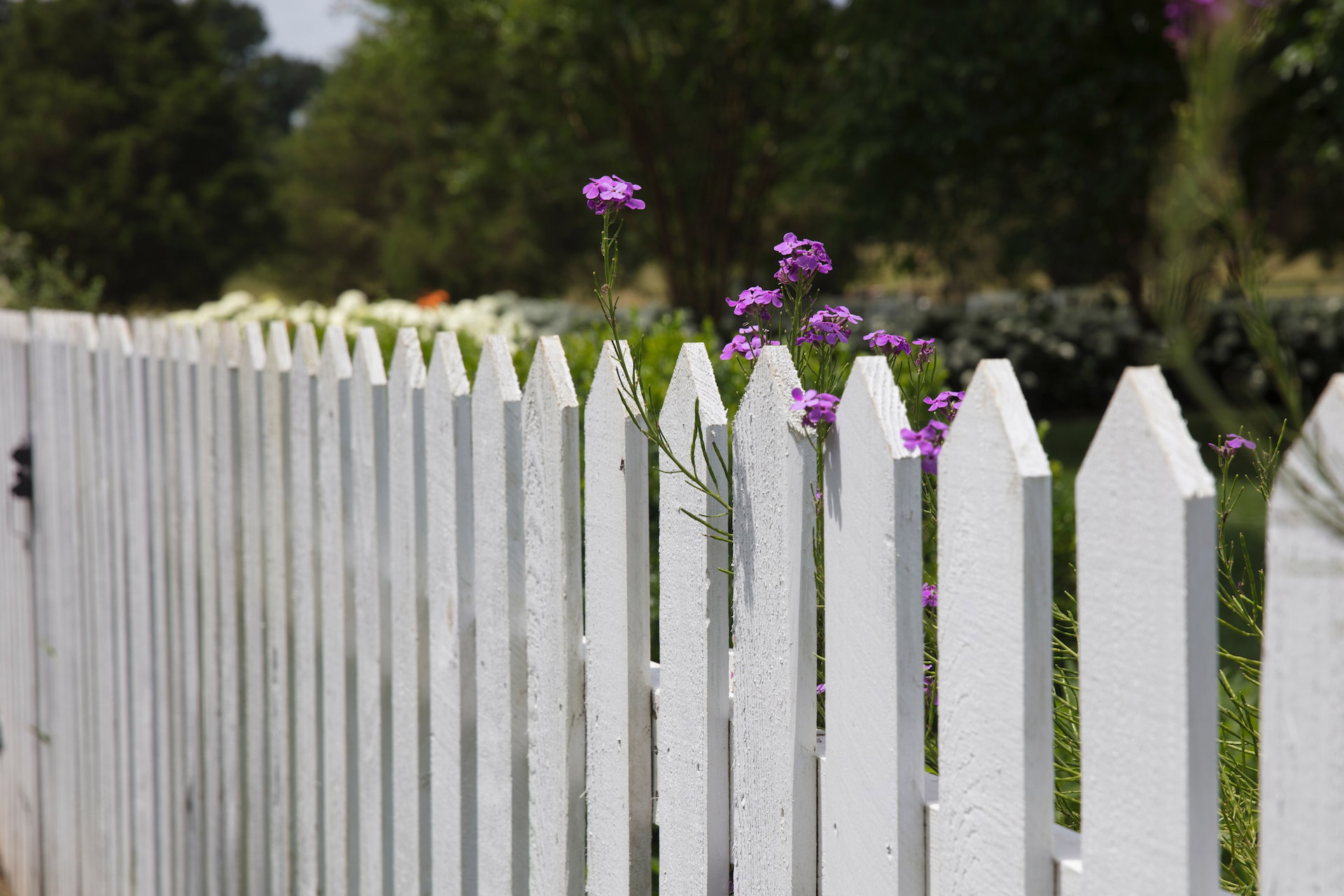Disclaimer: This information is for general guidance. Always consult with your local council or a legal expert for advice specific to your situation.
Are you planning to spruce up your garden with a new fence? Whether you’re a homeowner, a landscape designer or a DIY enthusiast, it’s essential to be aware of the UK’s garden fencing regulations before you get started.
Failure to comply could result in penalties or disputes with your neighbours, so let’s delve into what you need to know to erect your fence within the boundaries of the law.
General Regulations for Garden Fencing in the UK
UK garden fencing regulations are relatively straightforward but important to understand.
- The maximum fence height without requiring planning permission is 2 metres in back gardens and 1 metre if your fence is towards the road.
- If you reside in a listed building or conservation area, you may need specific permissions, even for these height limits.
- If there’s a public footpath adjacent to your garden, special regulations might apply, ensuring public right-of-way isn’t obstructed.
- Always remember, these regulations include the height of your fence posts, so plan accordingly!
- Material restrictions are less stringent, but safety is a priority. Sharp and hazardous materials are typically prohibited for use in residential fencing.
If you are unsure if you require planning permission or not, consult your local authority or visit the PlanningPortal website.
Understanding Property Boundaries
Before you even order your fence panels and posts, you need to understand your property boundaries. Erecting a fence on the wrong side of the boundary can lead to legal disputes with your neighbour. It’s always a good idea to have a frank discussion with your neighbour before any fence installation to avoid future headaches.
View the government’s information on property boundaries here.
Potential Penalties for Non-Compliance
Failure to comply with garden fence law can lead to penalties, including having to remove or reduce the height of your fence at your own expense. More severe violations can result in substantial fines. In some extreme cases, homeowners have faced penalties of up to £20,000.
FAQs on Fencing Regulations
Can I paint my neighbour's fence?
Not without their permission. Anything that alters the appearance of the neighbour’s side of the fence requires their agreement.
Who is responsible for maintaining a boundary fence?
This can vary. It’s typically the responsibility of the person whose property the fence is on, but sometimes shared responsibility agreements exist. Check your property’s deeds or consult a legal expert if in doubt.
If you’re considering which type of fence would be best for your needs, read our guide to fence types.
Obtaining Necessary Permissions
If your proposed fence exceeds the maximum height, is in front of a listed building, or is in a conservation area, you’ll likely need to apply for planning permission from your local authority.
The process typically includes:
1. Preparing a planning application with detailed plans of the proposed fence.
2. Submitting the application to the local council with a fee.
3. Awaiting a decision, which can take up to eight weeks.
If permission is denied, there may be options to appeal or revise and resubmit your application.
Lawful Fence Installation with Green Team Landscaping
While installing a garden fence can add aesthetic value and privacy to your property, it’s crucial to do so while respecting UK laws and property boundaries. If you’re unsure about any regulations in your area, don’t hesitate to contact your local council or a legal expert.
Remember, Green Team Landscaping is always here to help with your garden fencing needs. Whether you need advice on fence panel choices or require our expert installation service, don’t hesitate to get in touch for a free quote.


